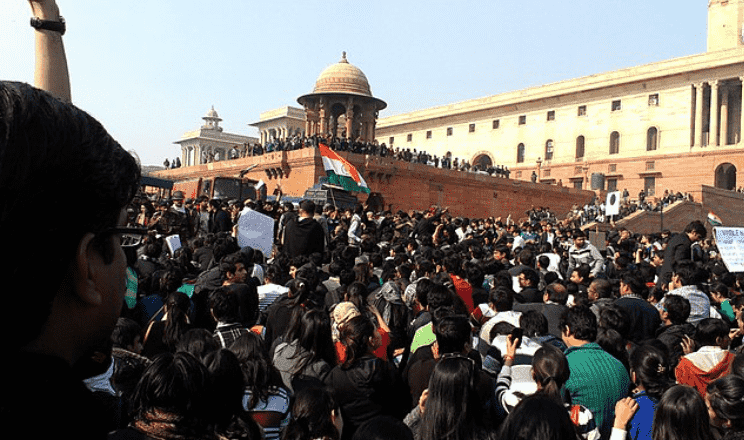
Two young IT professionals died in Pune on 19 May 2024 after a Porsche car being driven at a high speed crashed into their two-wheeler at 2:30 am. The luxury vehicle was allegedly being driven by a 17-year-old boy. The initial punishment mandated that the juvenile should work with the police for 15 days and write a 300-word essay on road accidents. The authorities’ soft response led to outrage across the country. Is that all a minor faces after running down two people? Is the current legal framework sufficient to address such serious incidents, or has it trivialised the loss of human lives at the hands of juveniles? Youth crimes are escalating in severity, challenging the conventional view that juveniles lack complete comprehension of their actions. Society now faces a critical question: Should juvenile offenders who commit heinous crimes be held to the same standards as adults? Any crime committed by juvenile offenders is called juvenile delinquency. It is the act of participating in unlawful behaviour as a minor or individual younger than the statutory age of 18. The infamous Nirbhaya case of 2012 shook the nation and brought to light the inadequacies of India's juvenile justice system. Among the six perpetrators, one was a juvenile, aged 17 at the time of the crime. Despite his involvement in the brutal gang rape and murder, he received a mere three-year sentence in a reform facility, the maximum penalty for minors under the Juvenile Justice Act. This lenient punishment provoked nationwide outrage, highlighting the urgent need for legal reforms to address serious offences committed by juveniles. The Nirbhaya case is not an isolated incident. The murder of a seven-year-old at Ryan International School in Gurugram in 2017 was another instance. The accused was a 16-year-old student of the same school. The initial charges framed him as a juvenile, and later, after investigation and public pressure, he was finally tried as an adult. These cases underscore the ongoing debate about whether juveniles who commit heinous crimes should be tried as adults. Current laws allow young offenders to escape appropriate punishment, thereby failing to serve justice and deter future crimes. Proponents of harsher penalties for juvenile offenders argue that severe crimes reflect a maturity and awareness that warrants adult-level accountability. Each action carries a weight, especially those which include the life and integrity of another person. The Juvenile Justice (Care and Protection of Children) Act was amended in 2015, allowing minors aged 16-18 to be tried as adults for heinous offences. This move aims to balance the need for rehabilitation with the demand for justice, particularly in cases where the crime's severity overshadows the perpetrator's age. Yet, the number of juvenile cases in the capital city and neighbouring states is not declining, which is concerning. Ten juveniles are held for murder every month in Delhi. Implementing these changes remains challenging. Education on sensitive topics like sex education, relationships, and societal values is increasingly introduced to students at the age of 16, but this alone is insufficient. The reform of India's juvenile justice system requires continuous efforts to ensure that those who commit serious crimes face appropriate consequences, regardless of age. That said, we cannot ignore that the line between trying the juvenile as an adult and a child is arbitrary. There can be misuse and manipulation of facts, and justice often gets suppressed by the corrupt actions of those with the power to influence the authorities at their convenience. In such a situation, the onus of maintaining the spirit of Satyamev Jayate lies upon the nation and the judicial authorities. Often, the pressure exhibited by the country's citizens on its authorities is portrayed as detrimental. However, if applied in the right direction, it could be constructive. But naysayers are many, and outrageous comments are often passed, claiming that society has always been like this and will never change. But who does a society consist of? Other Cases
The Need for Reforms
Courtroom one gavel. Image used for representational purposes only. (Photo Courtesy: Joe Gratz/Flickr CCO 1.0 Universal)
Protest for justice in the Nirbhaya case (Photo Courtesy: Nilanjana Roy/Wikimedia Commons CCA-SA 3.0 Unported)
27 May 2024
Visakha Bajaj